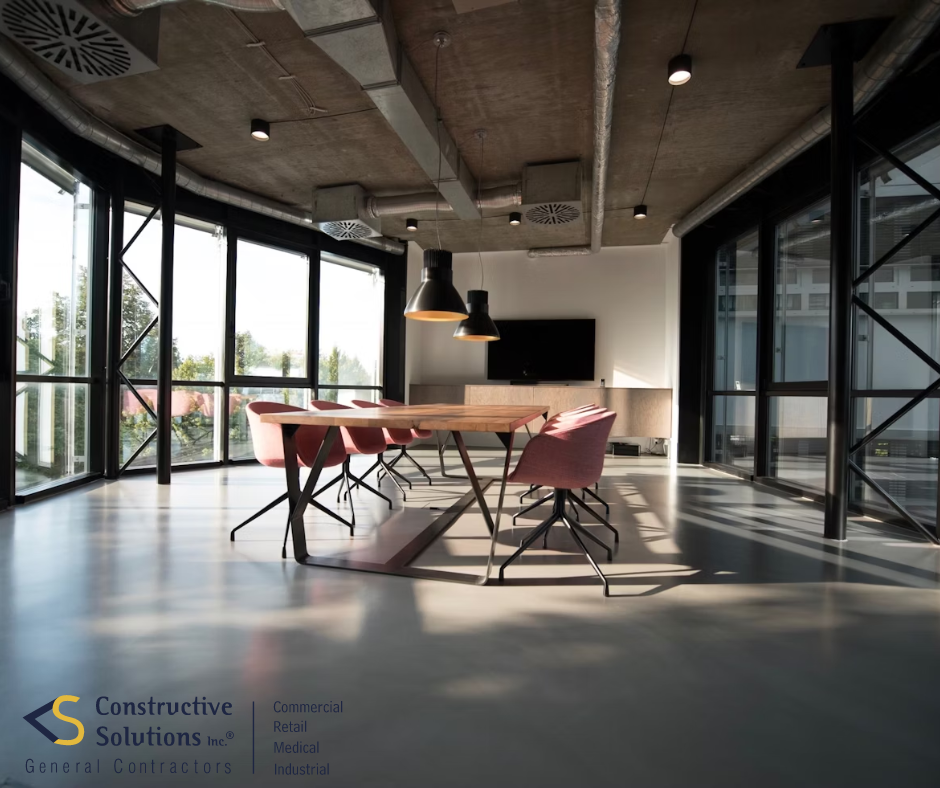

News and EventsUncategorized
In its core sense, ‘To Fit Something Out’ means to equip something or someone with all the necessary things. In commercial construction, the term ‘Fit-Out’ describes the construction activities of interior space to meet the commercial tenant’s requirements.
Generally, when constructing commercial buildings, developers or landlords leave the interiors bare for the tenants to decide the level of refurbishment (fitting out) needed. This enables the business owners to plan and develop the establishment as they like.
Instead of the landlord’s construction company, the Fit-Out construction is performed by the tenant’s own commercial contractor. The Fit-Out process includes providing the necessary equipment for buildings like electrical, mechanical, decoration, and furnishing.
Table of Contents
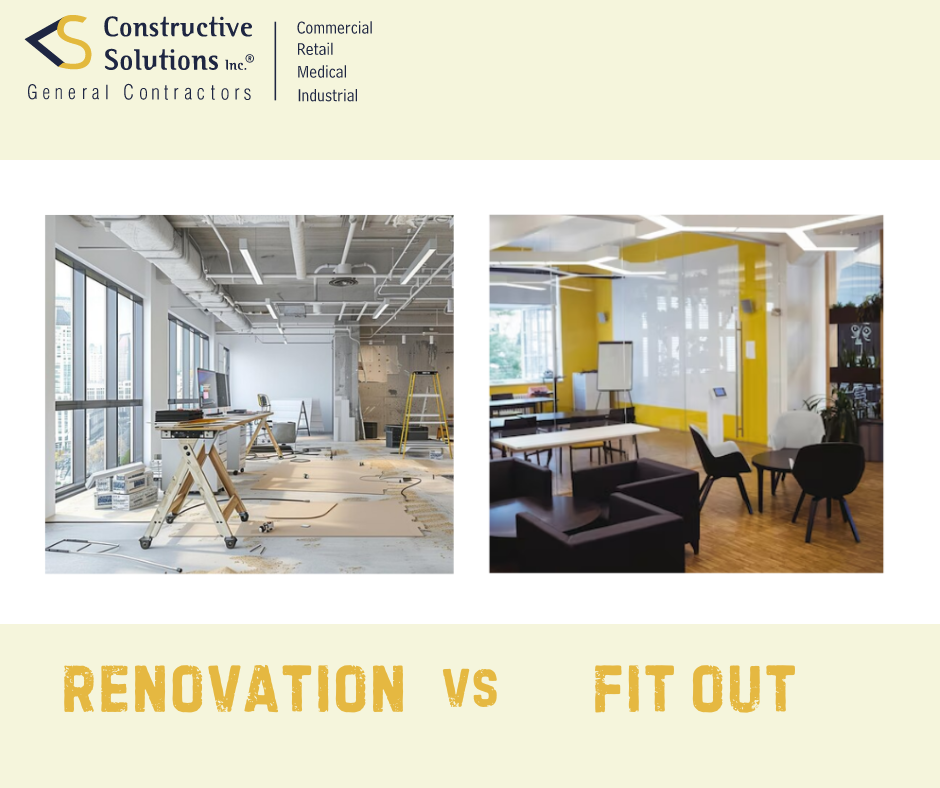
There is a chance you might get confused between Renovation and Fit-Out. While both terms are closely related, they have individual purposes and processes.
Renovation is restoring an old lived-in space to better condition and bringing it back to life. It is required when a preoccupied space becomes outdated and lacks utility. Renovations can be – structural and aesthetic. This may involve changing walls and flooring, electrical and plumbing upgrades, painting, and adding better furniture and décor items.
Fit-Out is transforming a space ready for the occupation into a more functional setup. It is required to make the newly-built interior space suitable to the specific demands of the commercial tenants. The process of Fit-Out may include installing structural features like window and door fittings, furnishing, flooring, electrical services, wiring, internet connectivity, and branding.
A ‘Turnkey Fit-Out’ results in a building that is already fitted out into a functional space and the tenant can simply turn the door key and start using the facility as intended.
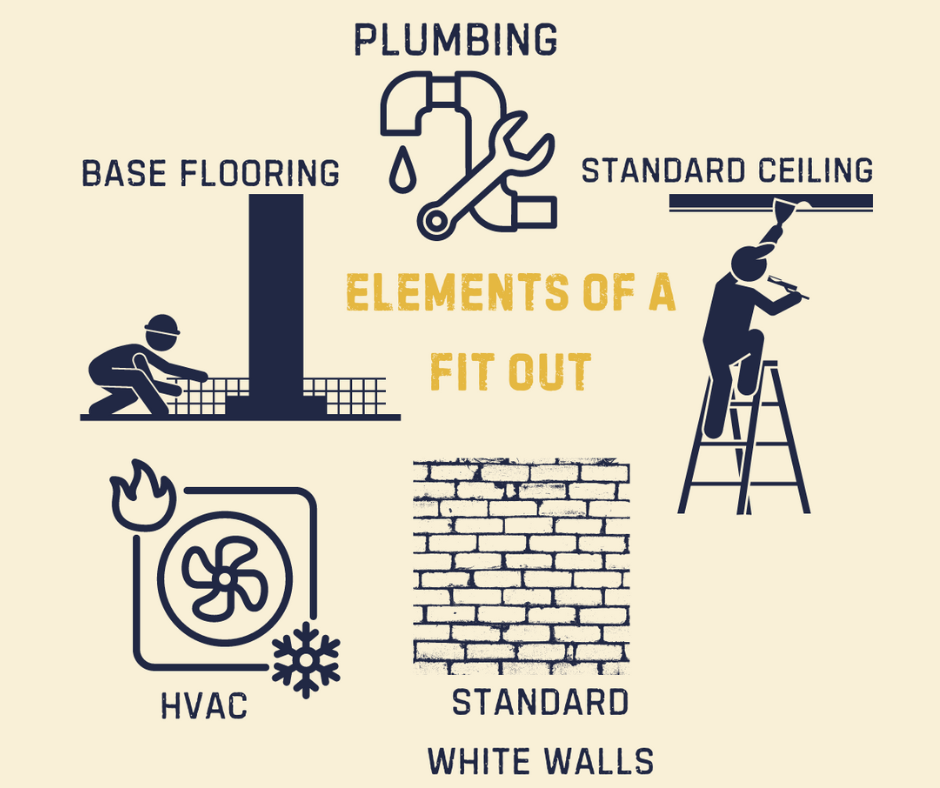
Typically, a regular builder or developer hired by the commercial space landlord will develop the basic structure of the building, called the ‘white box’ or ‘shell’. This base construction can be for a new building or adapting a previous tenant space to make it ready for incoming tenants to sign a lease.
The building looks complete from its exterior but there are endless Fit-Out possibilities in its bare interior. With the help of a design consultant and a contractor, the tenant can create the internal layout to meet their specific requirements. The ‘shell’ construction mainly includes:
Depending on the level of completion of the building and the interior specifications required by the tenant, Fit-Outs can be divided into three main categories:
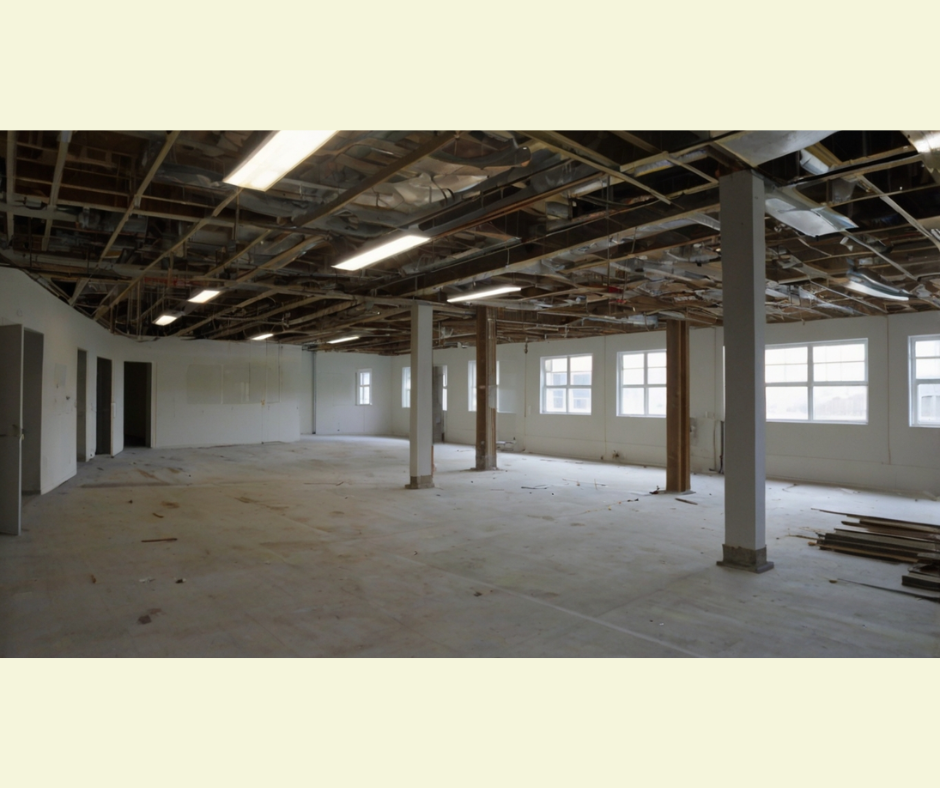
As mentioned earlier, the landlord’s contractor will complete the first stage of a building’s Fit-Out, the shell, referred to as the ‘shell and core’. It is the process of creating the primary structural elements of a building and not the interior components.
The shell and core involve the following components –
The developer builds the base structure and then the tenant customizes the interior according to their requirements.
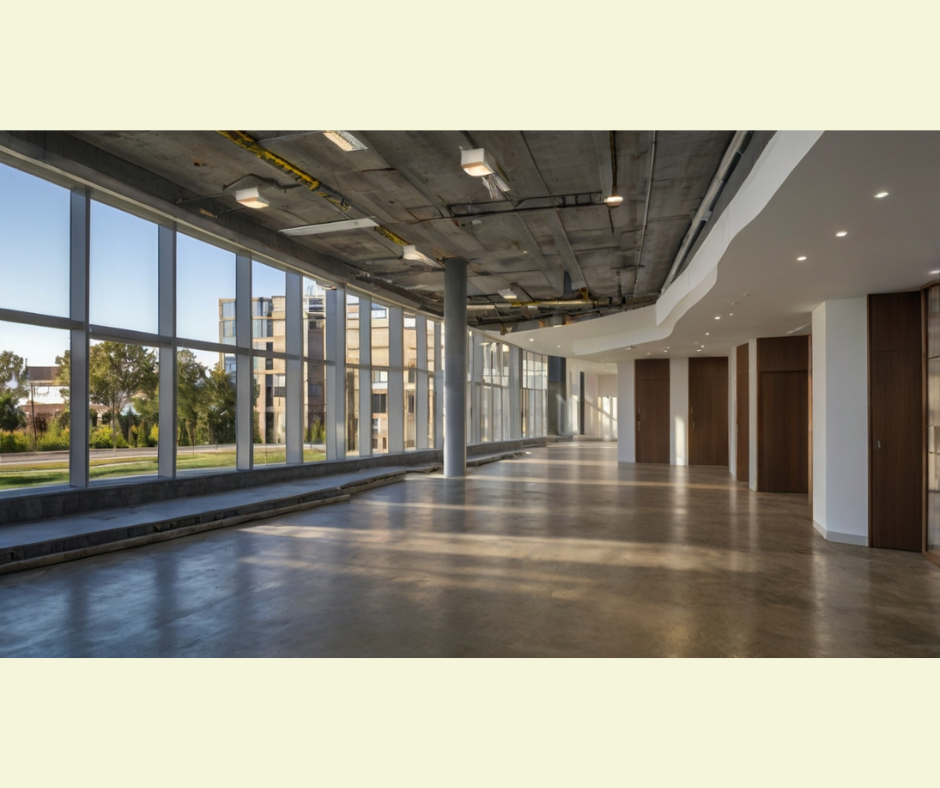
A step up from Shell and Core, the next stage of the Fit-Out is known as Cat A – bringing the rentable space up to a standard ready for occupation. It is creating a blank canvas with just the basics installed. The tenant’s chosen interior architect and tenant fit-out contractor, landlord, engineer, and local code reviewers are involved in converting the tenant space to 100% move-in ready. The activities they carry out are called Tenant Improvements (TIs) for the Fit-Out construction.
Typically, Cat A includes the installation of the following components:
All these processes prepare the property for final furnishing. Depending upon the level of complexity of the tenant’s requirements, Cat A Fit-Out may be undertaken wholly or partially by the landlord or developer.
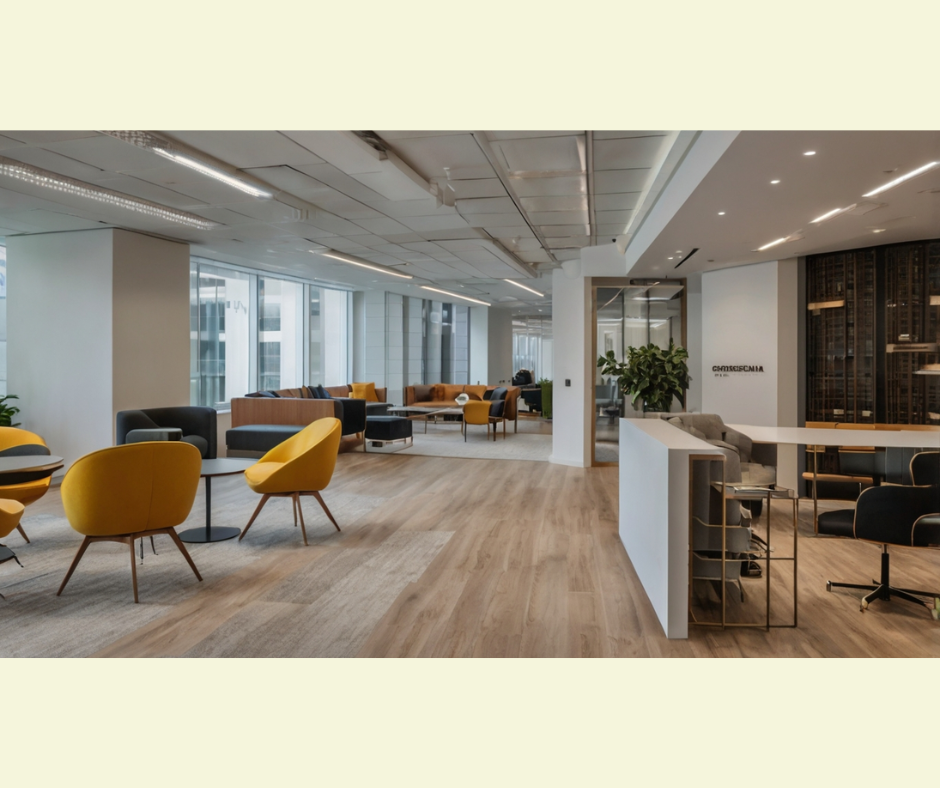
The last stage of the Fit-Out is Cat B – completing the Fit-Out of the internal space to the tenant’s requirements. Category B is the aesthetic design fit-out phase where features and systems are installed to meet the business specifications. Personalization is done by adding partitions, meeting rooms, kitchens, reception areas, and furniture. Often, the process of Cat B is confused with renovation.
However, it essentially includes components such as:
Category B Fit-Out should be executed keeping in mind the company’s culture, work ethics, team size, and protocols. This is the stage to leverage your creativity and business style to create an attractive brand image.
Proper planning and designing will lead to a successful Fit-Out project. Here are some of the crucial factors you should consider before commencing your Fit-Out project:

A comprehensive quote helps the company budget for the whole project effectively and never worry about unexpected expenses.
The design of your new facility should reflect the culture, values, vision, brand identity, and appearance of the company. It should be an extension of your company’s marketing and advertising campaigns. This design consistency will make sure that the clients get the same branding when they walk into your space, read the brochures, browse the company’s website, or visit its social media handles.
Design the Fit-Out in a way that the HVAC and Power systems within the workplace operate efficiently to match the employees’ needs. If the AC system is set at an agreeable temperature and adequate lighting, sockets, and coffee machines are provided, then the employees can work comfortably, resulting in increased productivity.
Here are some service systems to consider before finalizing the layout:
It’s always better to include your employees in the design process and take their input for creating a fully functional commercial space.
Technology and communication are indispensable when it comes to workspaces. While shifting from one place to another, the internet and telephone can get disrupted which may result in inconvenience or even worse, loss of several clients.
To prevent this issue, IT and Telecom systems should be perfectly integrated. A seamless migration process means the clients can call, email, or text even when the company is moving into new offices.
The new space design has to comply with all government regulations, which include areas such as:
Compliance with these requirements prevents the risk of injuries and mishaps for the employees. The company also avoids unwanted expenses and lawsuits.
In the future, there may come a time when you need to hire more staff and add more furniture or equipment. As the business grows, the number of clients may increase too. Hence, it’s always a smart strategy to keep a built-in opportunity for future expansion. You can include –
Keeping room for expansion avoids the need to relocate, and overspending.
The whole Fit-Out process is a result of excellent teamwork. It requires the input of employees, contractors, and design experts. Follow these steps when undertaking a Fit-Out construction:
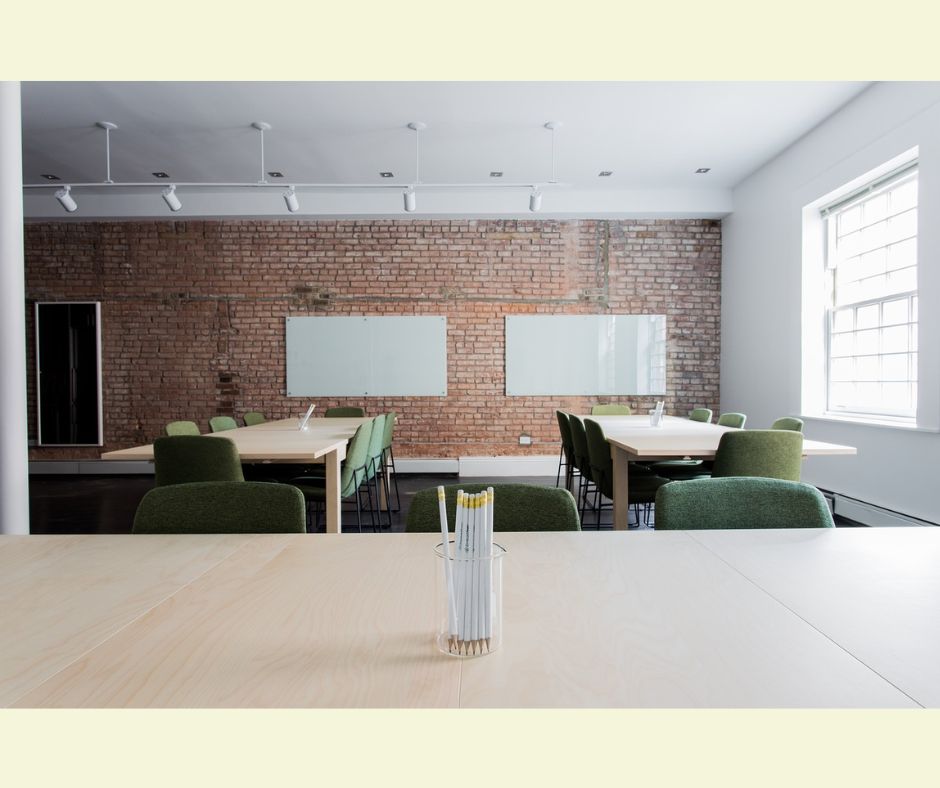
The first step is to select the right professionals within the industry to handle and supervise your Fit-Out project. Prefer those who are organized, innovative, decisive, and good with communication.
An efficient team is vital to determine the project objectives, needs, budget, schedule, and contingency for future expansion. Pick team members from different departments of the company so that the Fit-Out project caters to diverse needs in the new space.
This step only applies when you are moving spaces and aren’t renovating the old ones. When selecting your new commercial space, consider the following questions:
The location plays a critical role in the final design impacting factors like the type of customers getting attracted and frequenting the space.
Consulting a legal team is extremely important to compare leases and start the lease negotiation process. They are also helpful in finalizing the old lease if the business is moving out.
Your legal team will study your lease agreement minutely so that you are aware of what you can and can’t do while fitting out a new space.
Not just that, the legal team will also handle the contract agreement between you and your commercial contractor.
Start creating a Fit-Out design plan in collaboration with the designer and the Fit-Out team.
Plan what type of recreational areas you need, how many workspaces you need, and what theme or style will best represent your brand. The layout and design should not just be appealing, but also functional and practical to encourage productivity and comfort.
Discuss these things with your appointed commercial interior designer and finalize the design and its scope. Communicate all your needs and expectations regarding branding and standard of operations.
Take time to complete the design, this will allow for a smoother flow throughout the project.
Fit-Out success depends on the right contractor. Research different companies, shortlist the competent, and evaluate their offerings. Read customer reviews and check their portfolios similar to your project.
Since it’s cumbersome to juggle multiple suppliers, hire someone who can offer every service in the commercial construction business. Always remember, thorough research is key when selecting the right Fit-Out partner.
Depending on your project design and scope, you may require documentation approval from the local authorities. Building permits and accreditation related to body-protected electrical areas, disability access, energy efficiency, engineering, etc. are some of the necessary approvals.
Once all the certificates and approvals are organized, comprehensive construction documentation has to
Once all the pre-construction steps are taken, your Fit-Out contractor can start the actual Fit-Out construction. During the process, maintain regular contact with different departments of the team. This will keep running the project smoothly and according to the plans.
Commercial dilapidation clauses are obligatory to follow. If you are shifting to a new place, your previous building management will surely want you to leave the space as it was before. Inform your Fit-Out partner to have this implemented too.
Post construction, you can check off any pending final approvals and certificates. If there’s anything not up to the mark, this is the time to throw light and rectify the problem.
Once the approvals are done and you are satisfied with the final work, it’s time to install the furniture and do the handover. You can finally move into the ready space.
Once the Fit-Out is complete and your business moves, you will have to keep up with the ongoing maintenance to ensure optimal functioning.
Carry regular checks on fire systems, hydraulic systems, security systems, and other critical systems to see if they are working effectively. Any new addition or adjustment required after move-in can take place during maintenance.
A commercial Fit-Out has the power to influence the overall appeal of your company or business. By tweaking the interiors, the tenant can create a perfect space that embodies their brand. In today’s modern times, employees want hi-tech, user-friendly, and collaborative workspaces. Regular full-fledged renovations prove to be impractical for most commercial facilities. Making minuscule tenant improvements through Fit-Out can do the job without breaking the bank.
Now that you understand what is Fit-Out Construction, you will need a reliable partner to craft and execute your project. Constructive Solutions, Inc. offers a curated team of efficient and experienced contractors who specialize in commercial Fit-Outs. We have a reputation for bringing our client’s vision to life, on time and within budget.
Contact us today to discuss your commercial Fit-Out project!
Relevant Resources:
Whatever your vision, we have the resources, experience, and insight to make your concept a reality, and a space where your business can flourish.